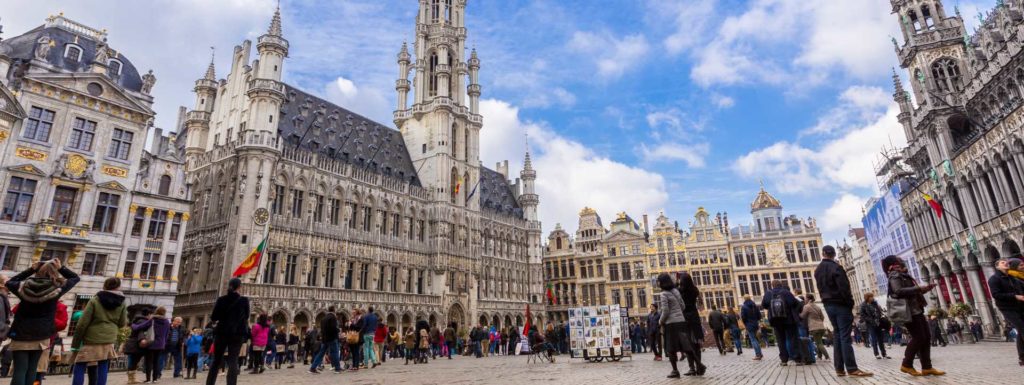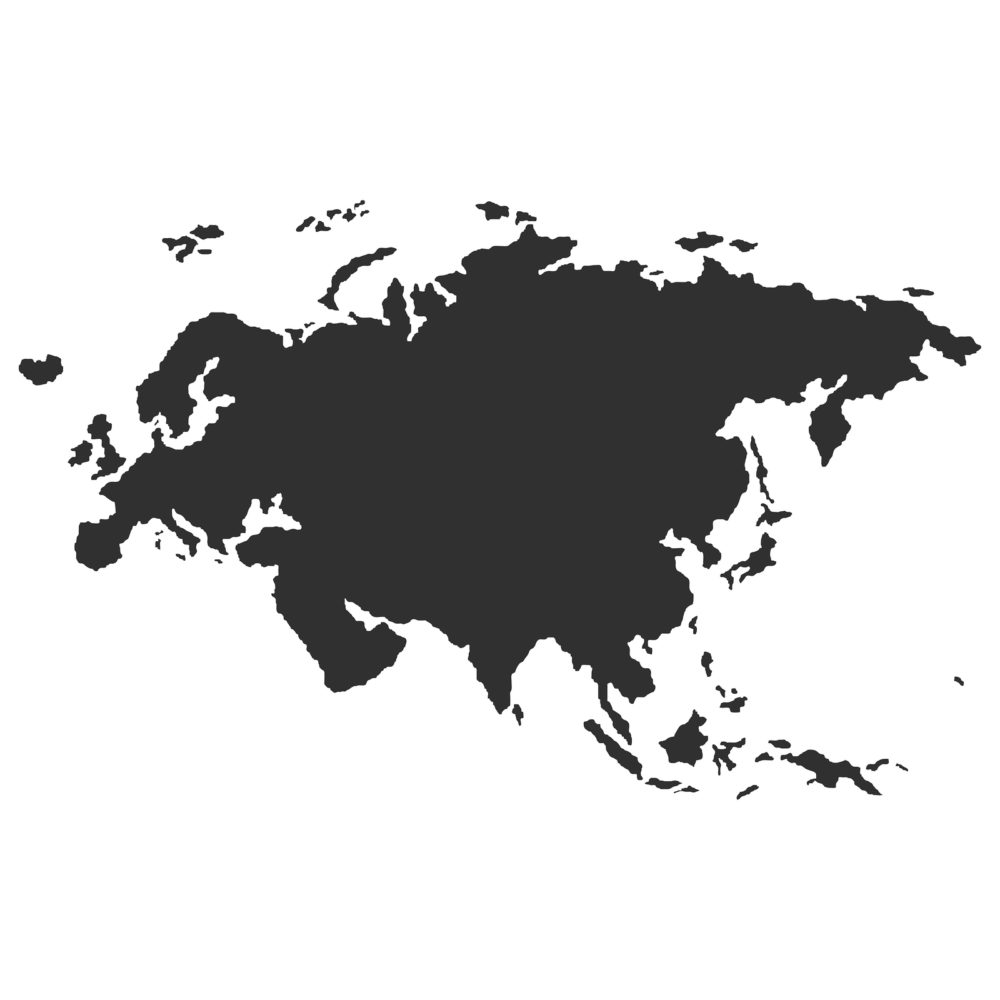Eurasia is a combined continental landmass of Europe and Asia. The term is a portmanteau of its constituent continents (Europe and Asia). Located primarily in the Northern and Eastern Hemispheres, it is bordered by the Atlantic Ocean to the west, the Pacific Ocean to the east, the Arctic Ocean to the north, and by Africa, the Mediterranean Sea, and the Indian Ocean to the south. The division between Europe and Asia as two different continents is a historical social construct, with no clear physical separation between them; thus, in some parts of the world, Eurasia is recognized as the largest of the six, five, or even four continents on Earth. In geology, Eurasia is often considered as a single rigid mega block.
The Ural Mountains have long been the unofficial dividing line between Europe and Asia. This 1500-mile-long chain is hardly a barrier geologically or geographically. The highest peak of the Ural Mountains is 6,217 feet (1,895 meters), far shorter than the peaks of the Alps in Europe or the Caucasus Mountains in southern Russia. The Urals have served as a marker between Europe and Asia for generations but it is not a natural division between land masses. Additionally, the Ural Mountains do not extend very far south at all, they stop well short of the Caspian Sea and throw the Caucasus region into question as to whether they are “European” or “Asian” countries.
The Ural Mountains are simply not a good dividing line between Europe and Asia. Essentially what history has done is to choose a minor mountain range as the dividing line between two major world regions of Europe and Asia on the continent of Eurasia.
Eurasia stretches from the Atlantic Ocean with bordering countries of Portugal and Spain in the west (and perhaps Ireland, Iceland, and Great Britain as well) to Russia’s easternmost point, at the Bering Strait between the Arctic Ocean and the Pacific Ocean. Eurasia’s northern frontier consists of Russia, Finland, and Norway bordering the Arctic Ocean in the north. The southern boundaries are the Mediterranean Sea, Africa, and the Indian Ocean. Southern border countries of Eurasia include Spain, Israel, Yemen, India, and continental Malaysia. Eurasia also commonly includes island countries associated with the Eurasian continent such as Sicily, Crete, Cyprus, Sri Lanka, Japan, Philippines, island Malaysia, and perhaps even Indonesia. (There is considerable confusion as to the division of the island of New Guinea between Asian Indonesia and Papua New Guinea, often considered part of Oceania.)
Number of Countries
As of 2012, there are 93 independent countries in Eurasia. This includes all 48 countries of Europe (including the island countries of Cyprus, Iceland, Ireland, and the United Kingdom), 17 countries of the Middle East, 27 countries of Asia (including Indonesia, Malaysia, Japan, Philippines, and Taiwan), and one new country now often associated with Oceania – East Timor. Thus, nearly half of the world’s 196 independent countries are in Eurasia.
Population of Eurasia
As of 2012, the population of Eurasia is nearly five billion, about 71% of the planet’s population. This includes about 4.2 billion people in Asia and 740 million people in Europe, as those subregions of Eurasia are commonly understood. The remainder of the world’s population lives in Africa, North and South America, and Oceania.
Capitals
To define the capital cities of Eurasia is challenging when the continent is divided up into 93 independent countries. However, some capital cities are simply much more powerful and well-placed among the capitals of the world than others.

Therefore, there are four cities that stand out as capital cities or Eurasia.
Those capital cities are Beijing, Moscow, London, and Brussels. Beijing is the capital of Eurasia’s most populous country, China. China is rapidly increasing its prominence and power on the world stage. China holds vast power over Asia and the Pacific Rim.
Moscow is old Europe’s easternmost powerful capital and remains the capital city of Eurasia’s and the world’s largest country in area. Russia remains a powerful country politically, despite its falling population. Moscow maintains significant influence over the fourteen former non-Russian republics that were part of the Soviet Union but are now independent countries.
The modern history of the United Kingdom is not to be underestimated – the United Kingdom (like Russia and China) sits on the United Nations Security Council and the Commonwealth of Nations is still a viable entity.
Finally, Brussels is the capital of the European Union, a supranational agglomeration of 27 member states that holds considerable power throughout Eurasia.
Ultimately, if one is going to insist on dividing the planet into continents, Eurasia should be considered as a continent instead of Asia and Europe.
Interested in exploring the various parts and countries of Eurasia? then wait no more, Holiday Turn brings this opportunity to in the form of very affordable holiday packages to best places of Eurasia. Now exploring the best places in Eurasia will never cost a bomb as we offer the best places and best holiday packages at the least possible prices. Check out our list of Eurasia Holiday Packages here.

